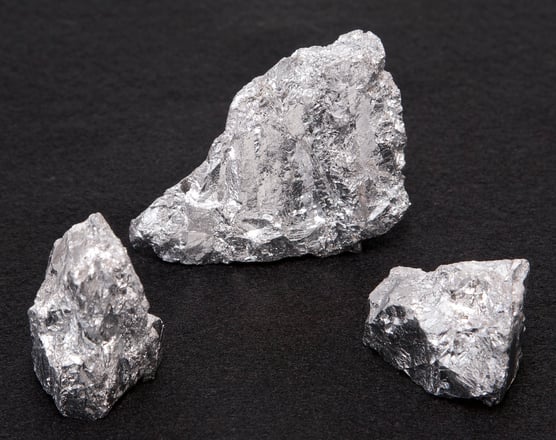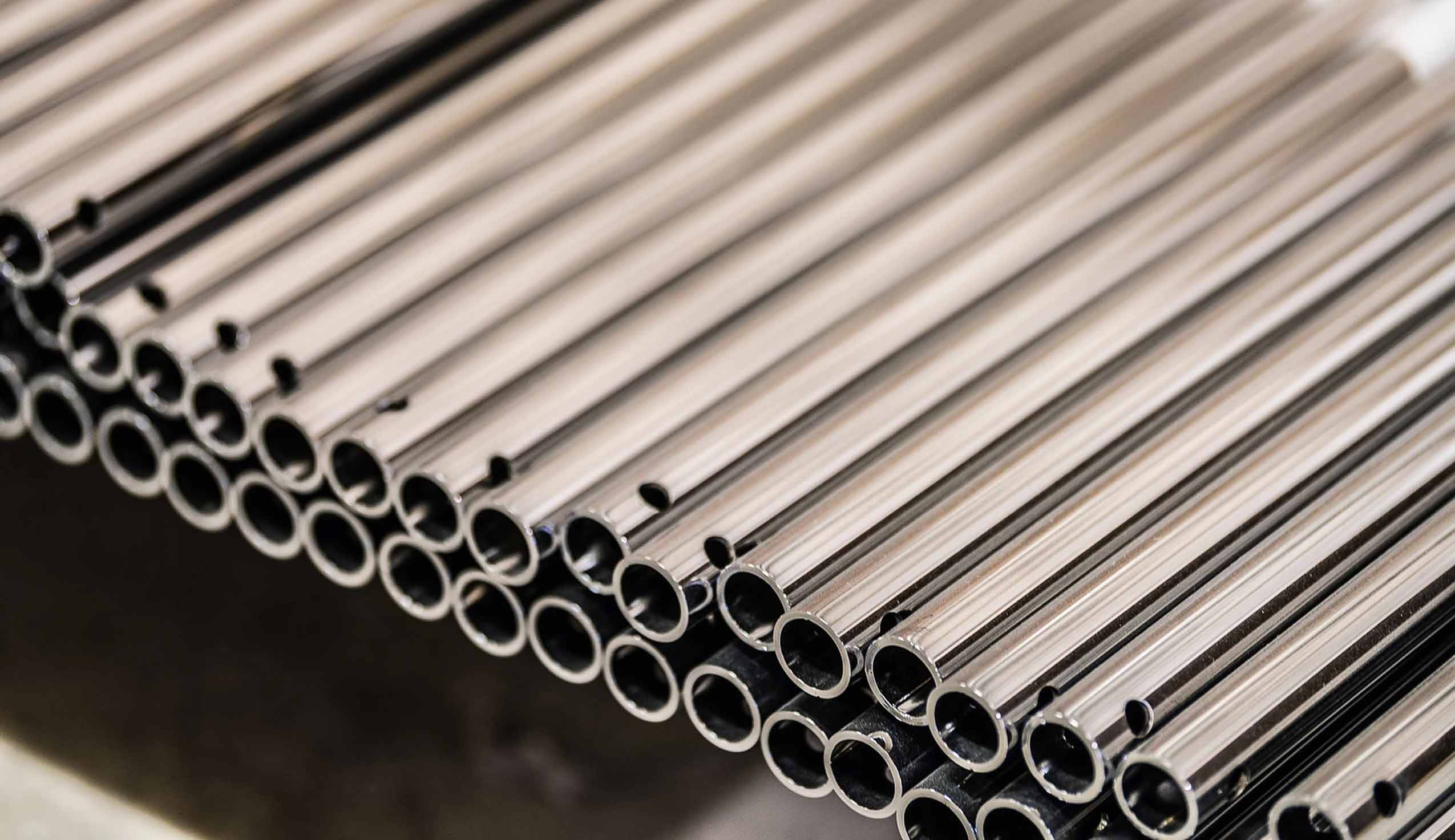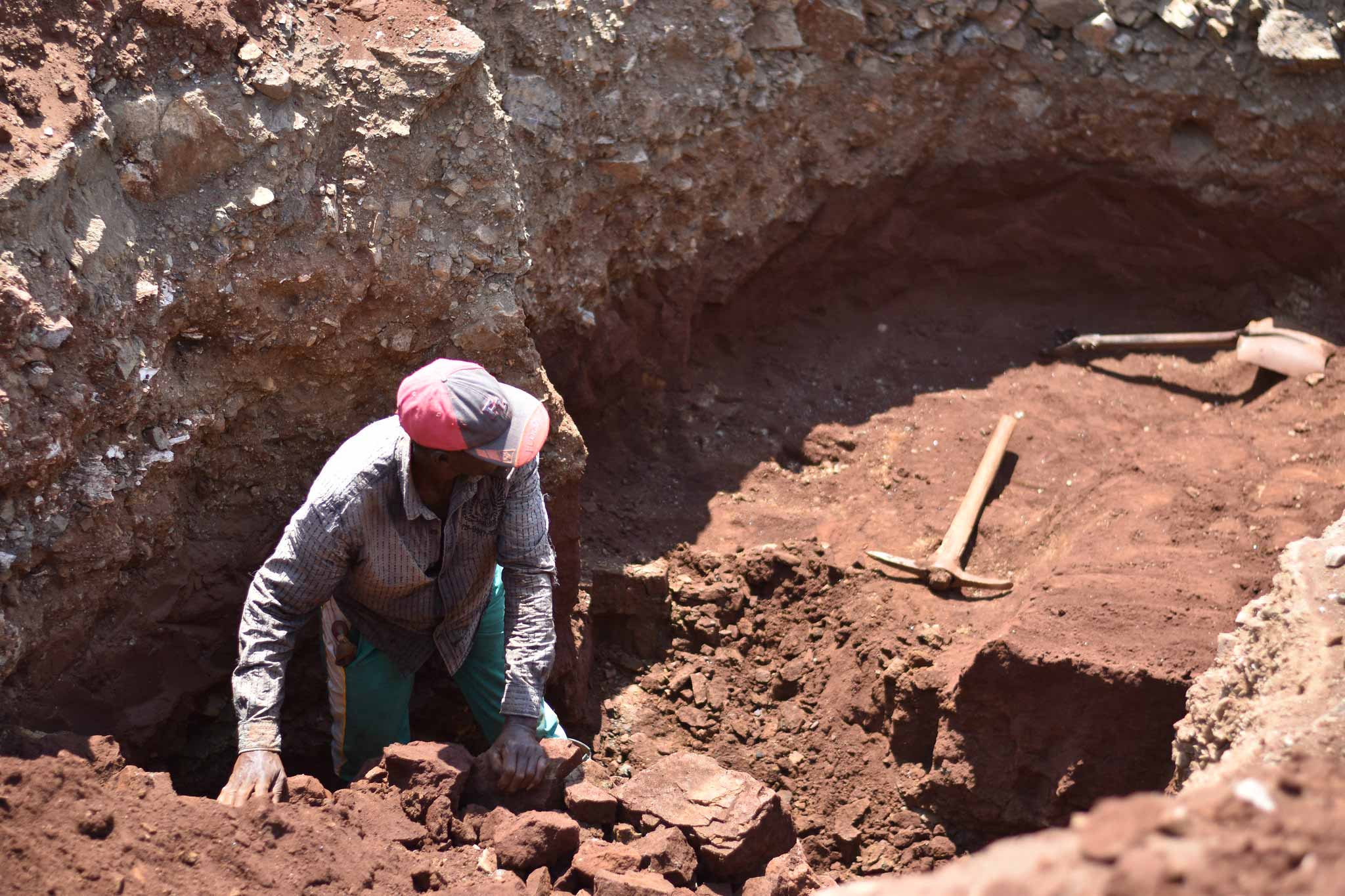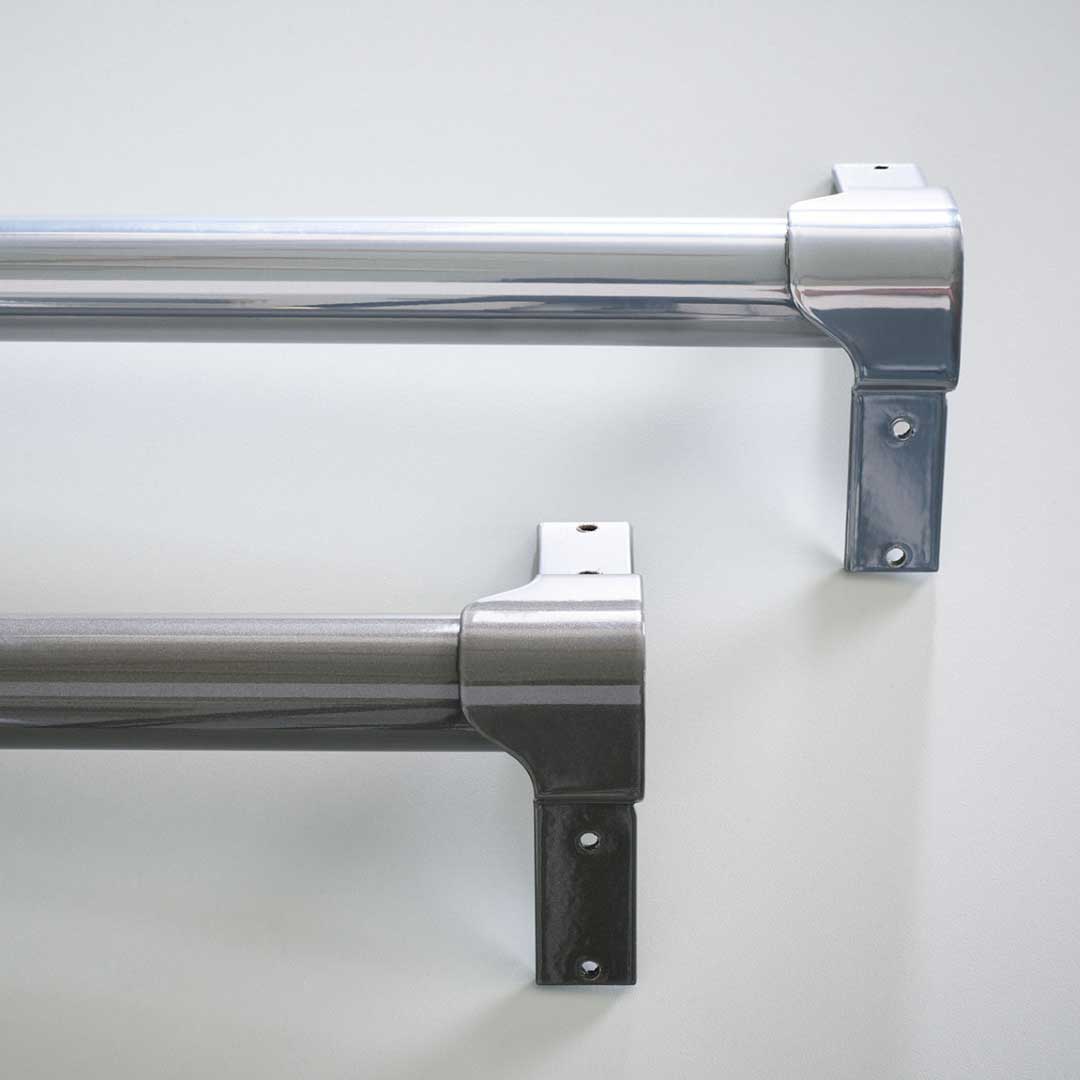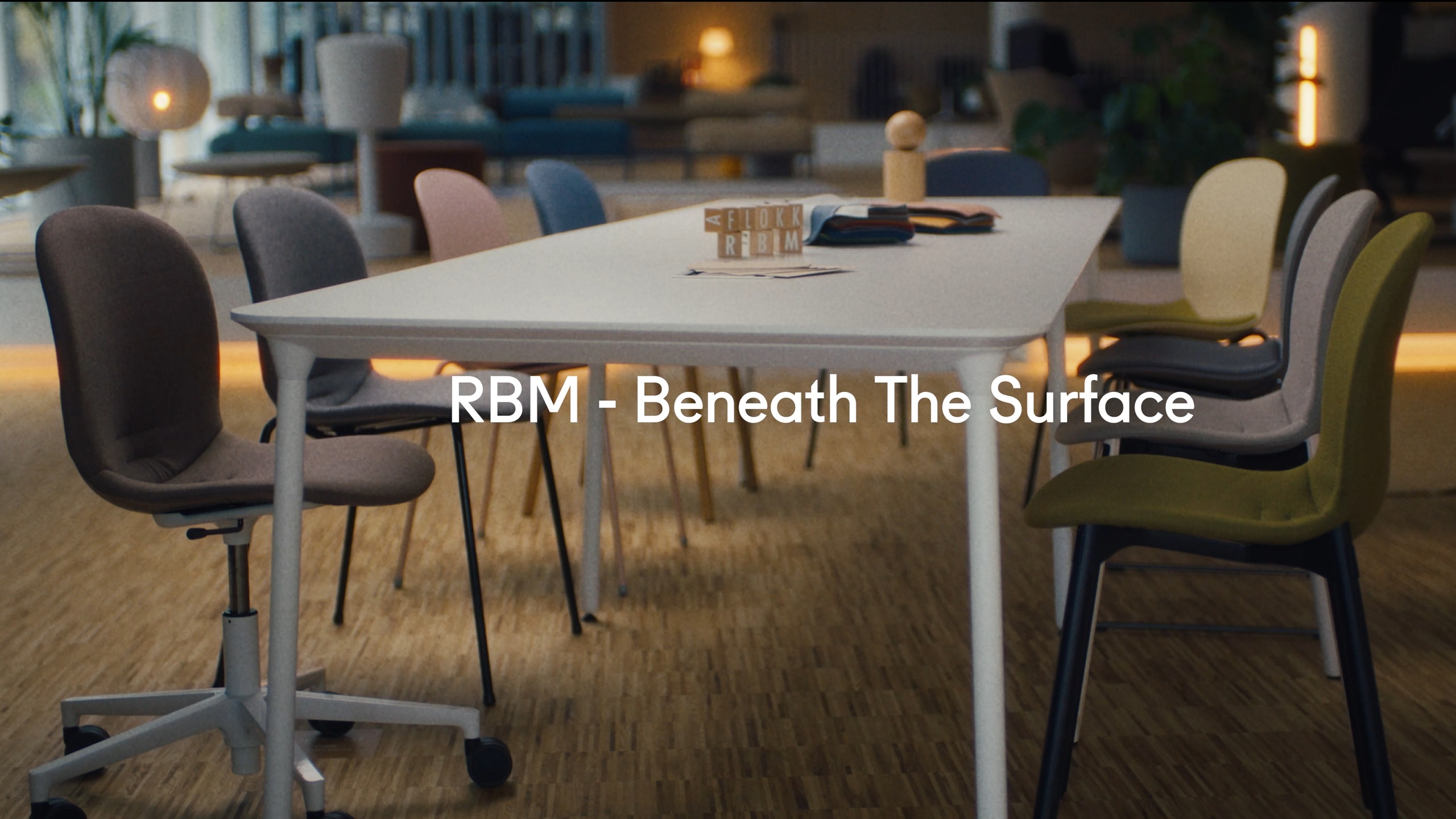The problems with Cr VI
Although Cr(VI) is a known toxic material it is still created and used in all manner of applications around the world. It can be used in the production of dyes, as a leather tanning agent, pigments in paint and during the welding and cutting of other chromium alloys.
The biggest health and environmental complications occur during the extraction and production, with workers at risk of breathing in dust particles or coming into contact with both solutions and solids containing CR VI. In fact, up to 85% of deaths in some mining areas occur due to hexavalent chromium-related diseases, due to exposure and contamination of water.
In addition to this, there are equally dangerous by-products formed during the process, including lead chromates (a carcinogenic, mutagenic, and reprotoxic substance) and barium sulfates (hazardous waste). Even a single instance of exposure to these materials can lead to irritation and inflammation of skin, whilst repeated exposure can cause more permanent damage or even be fatal.
Cr(III), on the other hand, is not considered toxic, and in trace amounts, is even considered an essential element to humans by some. Whilst chronic exposure can still be unhealthy, it is not as important to avoid all exposure during production. However, the mines where Cr(III) is extracted are the same places where Cr(VI) is extracted, meaning that the mining process for trivalent chromium is not necessarily a "safe" alternative, and must be considered.
The problems with waste
Whichever chromium is used, there is always the problem of waste, which can be enormously damaging to the environment. Chemical reduction can effectively remove Cr(VI) from water used during production, but results in large quantities of toxic sludge. Other methods, such as electrokinetic or membrane filtration are also used, but have high costs, dissuading many industries from adopting any remediation methods at all. As a result of this, in some instances, chromium effluents are released into the environment, they pollute waterways, leach into the soil, and eventually enter the food chain.
Cr(III) also produces large quantities of waste, which whilst not as toxic, can still have a negative impact on the environment if not treated sufficiently.
Read more - how to choose environmentally friendly furniture
